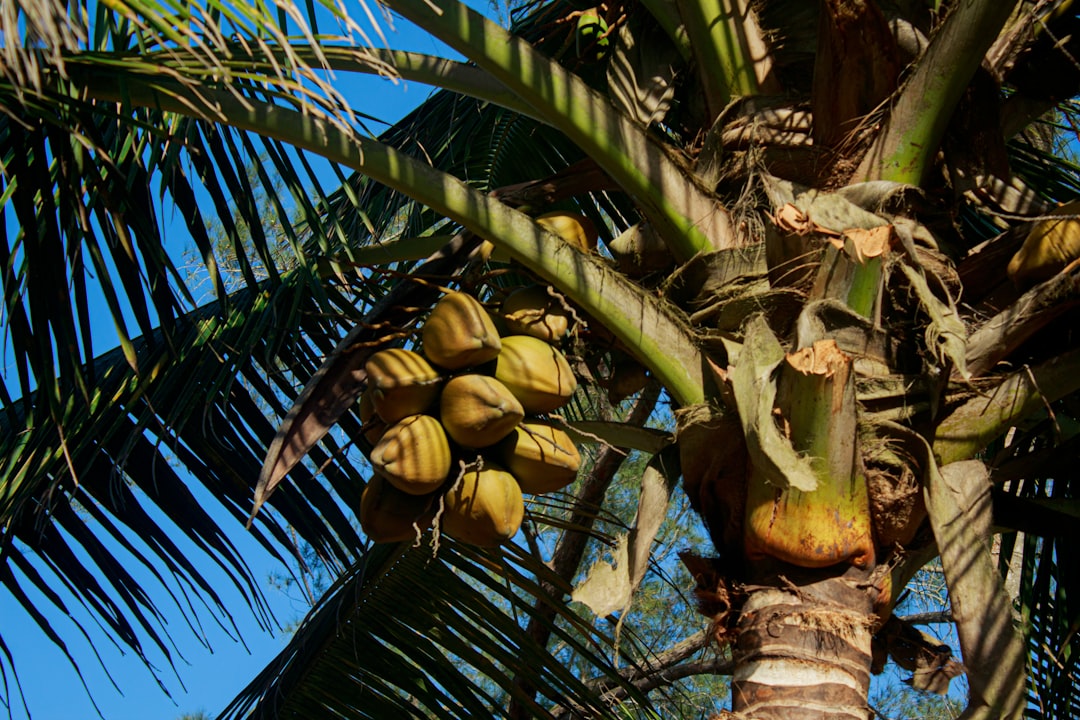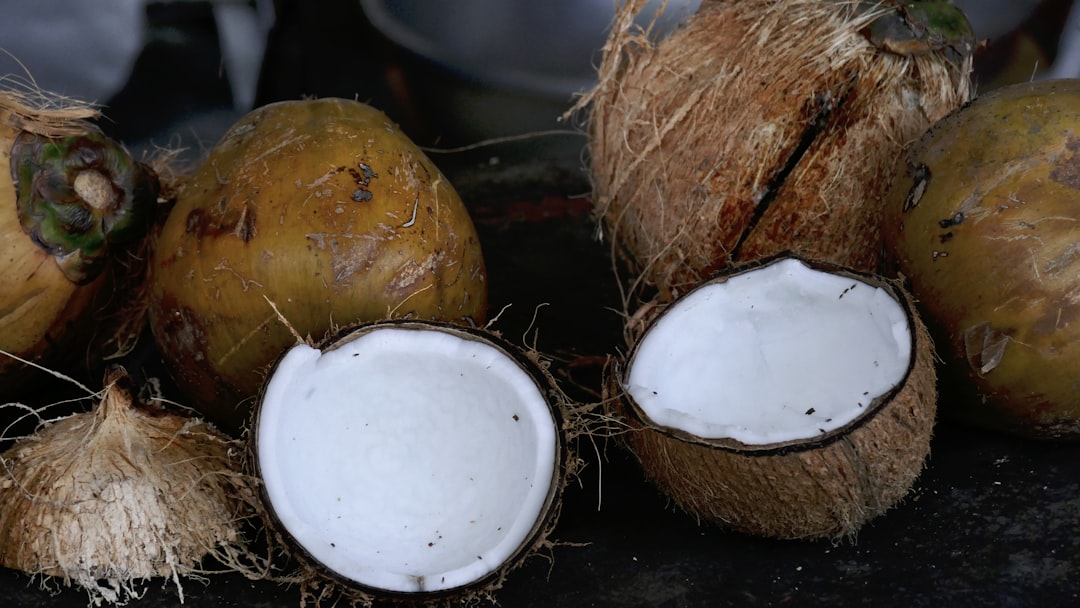The 7 'Healthy' Oils That Secretly Sabotage Your Blood Pressure
Everyone wants to make heart-smart choices in the kitchen, especially when it comes to cooking oils. For those taking care of their blood pressure, navigating the jungle of “healthy” oil options can feel overwhelming. It’s easy to believe that anything labeled “natural” or “plant-based” is automatically a wise pick. But sometimes, these well-meaning switches don’t pan out the way we hope—especially when we look beyond the marketing and focus on how these oils really affect our hearts and vessels. The truth is, not all so-called “healthy” oils offer the support our bodies need when it comes to blood pressure. Some sneak in with hidden saturated fats, others disguise themselves behind terms like “light” or “blended,” and a few hide in products already loaded with sodium. This list is designed to shine a gentle light on seven oils that could quietly undermine your blood pressure goals, even if they have a halo in the grocery aisle. The good news? It’s all about subtle tweaks, not sweeping overhauls. Let’s gently unpack which widely loved oils might need to go on your watch list—and how compassionate, informed swaps can help you feel vibrant and confident, one meal at a time.
1. Palm Oil: The Hidden Culprit in “Natural” Foods

Palm oil turns up everywhere these days—from granola bars and cereals to “better-for-you” microwave popcorn. Its reputation as a plant-based option has helped it slide onto ingredient lists for foods that seem wholesome on the surface. The catch? Palm oil is one of the more saturated-fat–heavy choices, packing about 50% saturated fat by volume. Nutrition experts warn that regularly consuming high levels of saturated fat can raise “bad” LDL cholesterol, which is tightly linked with higher blood pressure and increased risk of heart disease. The trouble isn’t just in how much you use, but in how easily palm oil hides in processed foods. You can find nearly a third of your daily recommended saturated fat in a single serving of some so-called healthy snacks. Health guidelines suggest keeping saturated fat to less than 10% of your daily calories, but palm oil makes that tough—especially when it’s acting as a “stealth” filler in products that look clean and natural. Reading ingredient lists carefully and opting for whole-food snacks can help keep your heart and blood pressure in friendlier territory, without having to swear off all convenience foods.
2. Coconut Oil: From Wellness Darling to Blood Pressure Risk

For years, coconut oil has been hailed as a superstar in wellness circles, showing up in everything from smoothies to sauté pans. The charming tropical aroma and its reputation for boosting metabolism make it an easy sell, but the science draws a very different picture for those watching their blood pressure. Coconut oil is over 80% saturated fat—far more than butter—and mounting research links its regular use with increased LDL cholesterol levels, which can nudge blood pressure upward in susceptible individuals. The American Heart Association and nutritionists recommend using coconut oil in moderation, if at all, especially for anyone managing hypertension or heart disease risk. While you don’t need to fear coconut altogether, it’s wise to treat it as a sometimes ingredient, rather than an everyday staple. If you love the flavor it brings to your meals, try blending a small spoonful into dishes that also feature olive or canola oil, or save it for special recipes. This way, you still get that touch of indulgence without letting saturated fat take center stage.
